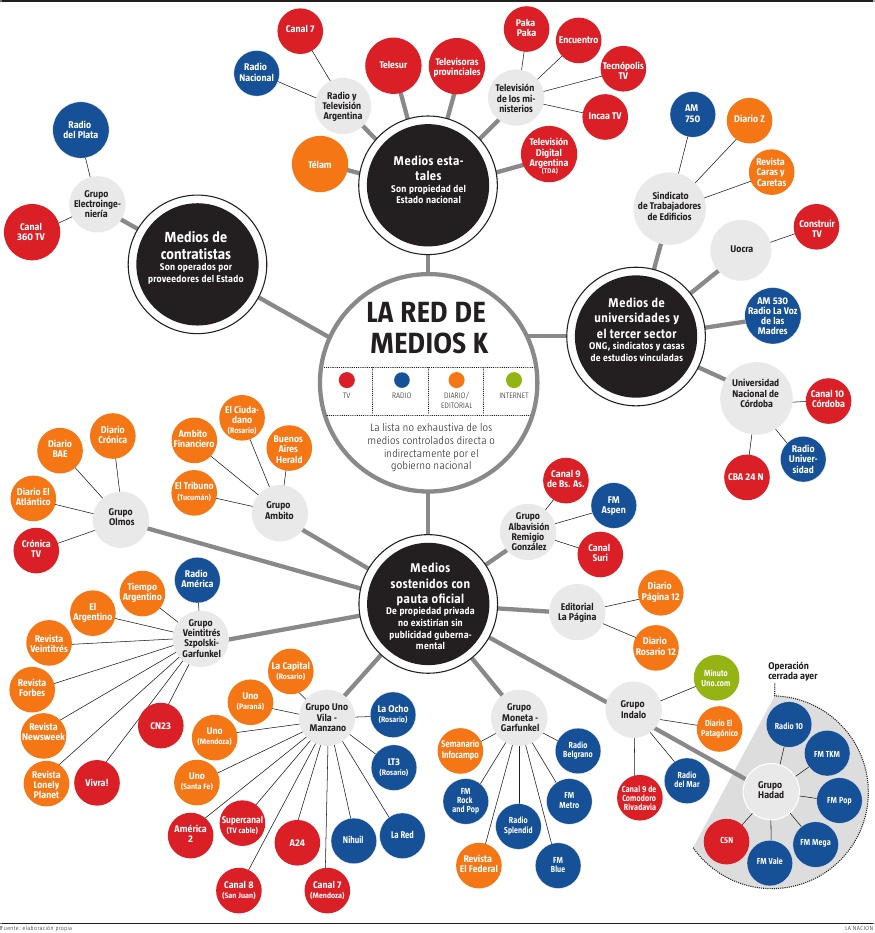Thanks for the reply AmigoArtistico.
By just looking at the volume of usd denominated transactions in NYC, it would be difficult to tell which sales were being used as contado con liqui, and which were regular sales originating in the US. Really, I am just trying to wrap my head around the relative sizes of the blue market, the contado con liqui market, and the official market.
I have noticed that recently some companies dividend payments to their ADRs in the US have been suspended with no explanation by AFIP. So, argentinian companies paying local dividends in pesos have no problem, but if those shares have ADR equivalents abroad, then those ADRs are not receiving any payments. Apparently the central bank is simply refusing to transfer the money even though it is sitting there.
This fact makes me skeptical about the future of ALL foreign denominated bond payments at both the corporate and sovereign level. If the government can block legitimate dividend payments with no explanation, it is not that far of a stretch to start blocking interest payments as well.
I understand your goal. It's tricky, since the "contado con liqui" is really just a term for arbitrage, using certain bonds, such as the BODEN series, particularly the BODEN 2015 -- although there are other bonds and some Argentine traded stocks that are also used -- and you can't separate out the arbitrage from normal trading activity. But if you are diligent about looking in Clarín and LN every day and reading the articles about the dollar (they're usually short and they're not there every day), in a reasonably short time you'll have a good feel for these markets.
Remember, too. This is a black market. Nobody's keeping detailed, reliable statistics (not even the INDEC -- sorry, I couldn't resist). You're never going to get more than estimates, though you can look for unusual spikes in trading volume of Argentine bonds and compare that to the blue and contado con liqui prices, along with the current political and dollar policy news, to do your own analysis. For me, that's overkill, but if you've got bolsos of plata...
From time to time there are numbers quoted on the approximate sizes of these markets. I have read, for example, that the "contado con liqui" market is about twice the size of the "blue" market, although that was many months ago and things may have changed. Estimates for the sizes of these markets in dollars are occasionally given. These are probably the best sources you're going find for the information you're looking for, since the numbers are coming from people who are actually doing the arbitrage on behalf of their clients (in the case of the contado con liqui).
Of course you can search for past articles in Clarín and La Nación and other periodicals for past articles on these markets and I'm sure you can catch up fairly quickly.
Links to some very recent articles:
http://www.ieco.clar..._922108068.html
http://www.ieco.clar..._923907881.html
http://www.lanacion....stesia-al-dolar
http://www.ieco.clarin.com/economia/Gobierno-volvio-intervenir-enfriar-dolar_0_919708068.html

